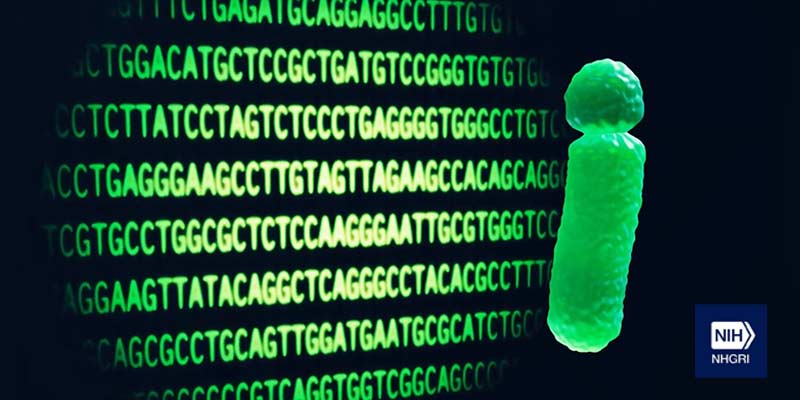- World
- Aug 29
Scientists release complete sequence of human Y chromosome
• An international research team has generated the first complete sequence of a human Y chromosome.
• It is the last of the 24 chromosomes — threadlike structures that carry genetic information from cell to cell — in the human genome to be sequenced.
• The study, led by the Telomere-to-Telomere (T2T) Consortium, a team of researchers funded by US National Human Genome Research Institute (NHGRI), part of the National Institutes of Health, was published in Nature.
• Scientists continue to broaden the understanding of human genetics. A first accounting of the human genome was unveiled in 2003.
• The complete X chromosome sequence was published in 2020. But until now, the Y chromosome part of the human genome had contained big gaps.
What are chromosomes?
• Chromosomes are threadlike structures made of protein and a single molecule of DNA that serve to carry the genomic information from cell to cell.
• In plants and animals (including humans), chromosomes reside in the nucleus of cells.
• Humans have 22 pairs of numbered chromosomes (autosomes) and one pair of sex chromosomes (XX or XY), for a total of 46.
• Each pair contains two chromosomes, one coming from each parent, which means that children inherit half of their chromosomes from their mother and half from their father.
• Typically, biologically female individuals have two X chromosomes (XX) while those who are biologically male have one X and one Y chromosome (XY). However, there are exceptions to these rules.
• Chromosomes can be seen through a microscope when the nucleus dissolves during cell division.
• The term chromosome comes from the Greek words for color (chroma) and body (soma). Scientists gave this name to chromosomes because they are cell structures, or bodies, that are strongly stained by some colorful dyes used in research.
Y chromosome
The Y chromosome, along with the X chromosome, is often discussed for its role in sexual development. While these chromosomes play a central role, the factors involved in human sexual development are spread across the genome and very complex, giving rise to the array of human sex characteristics found among male, female and intersex individuals. These categories are not equivalent to gender, which is a social category.
Manorama Yearbook app is now available on Google Play Store and iOS App Store


